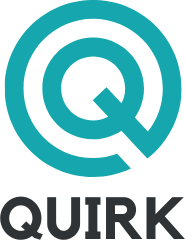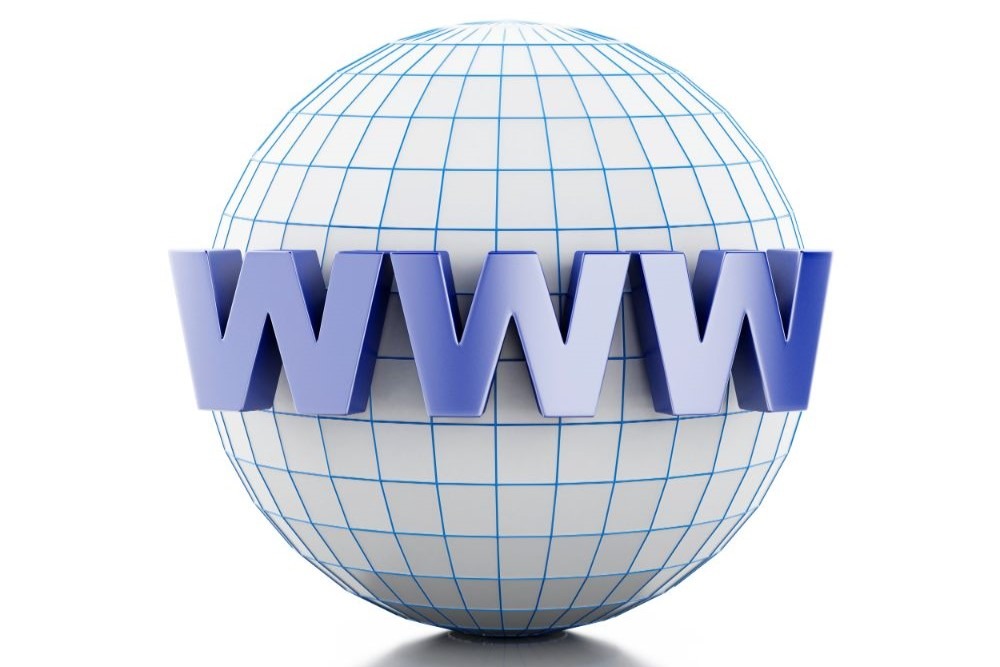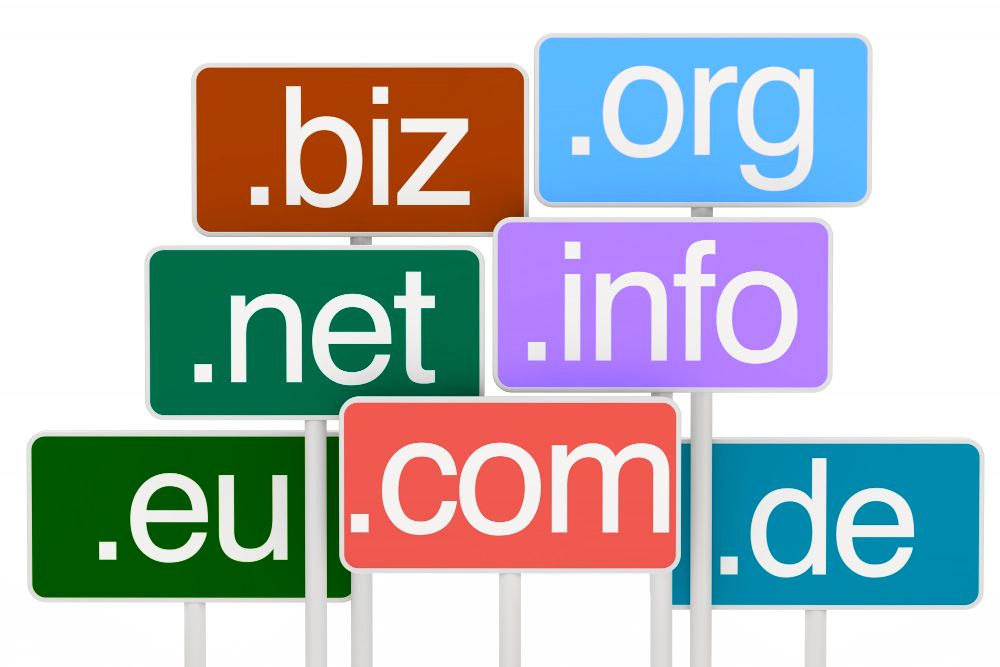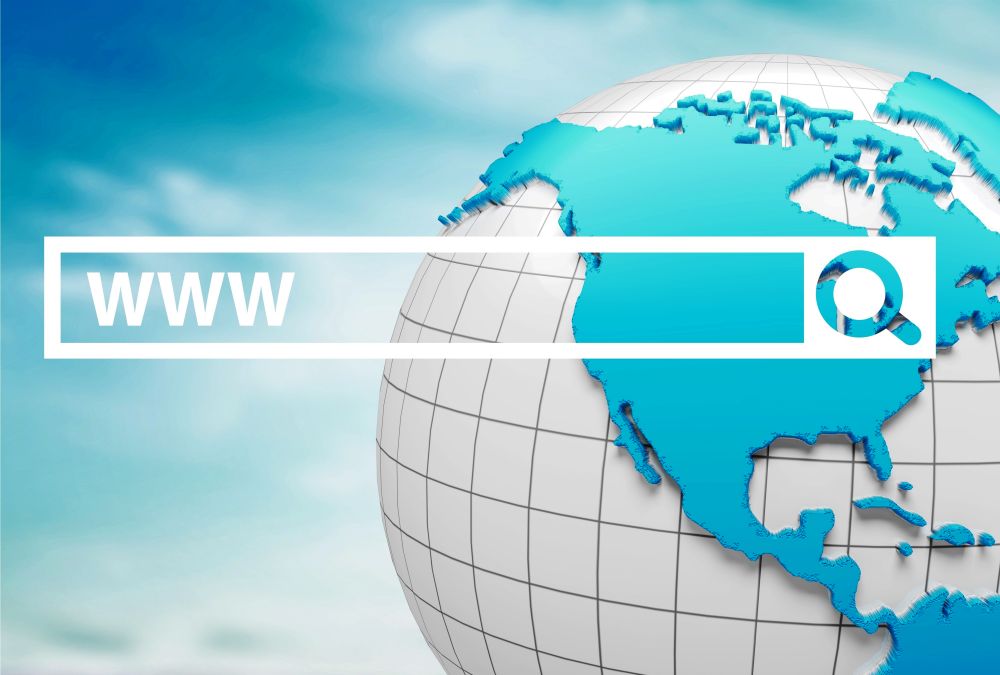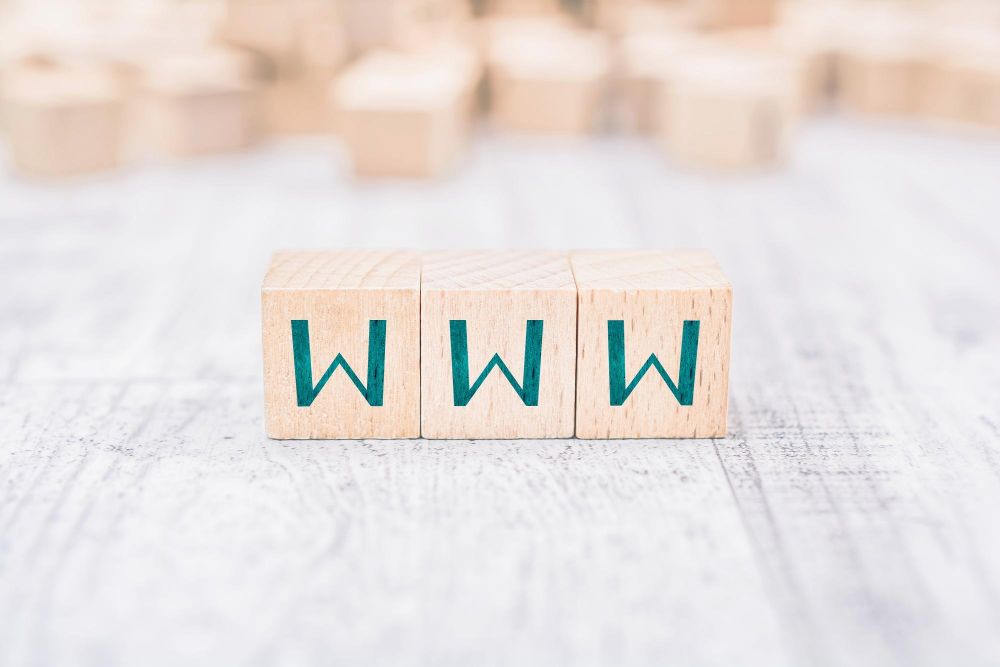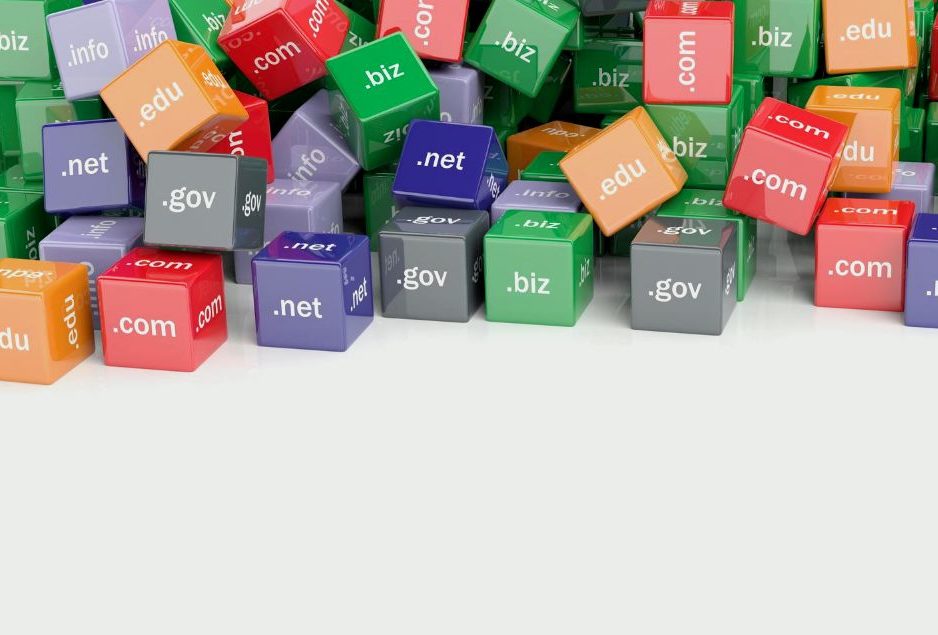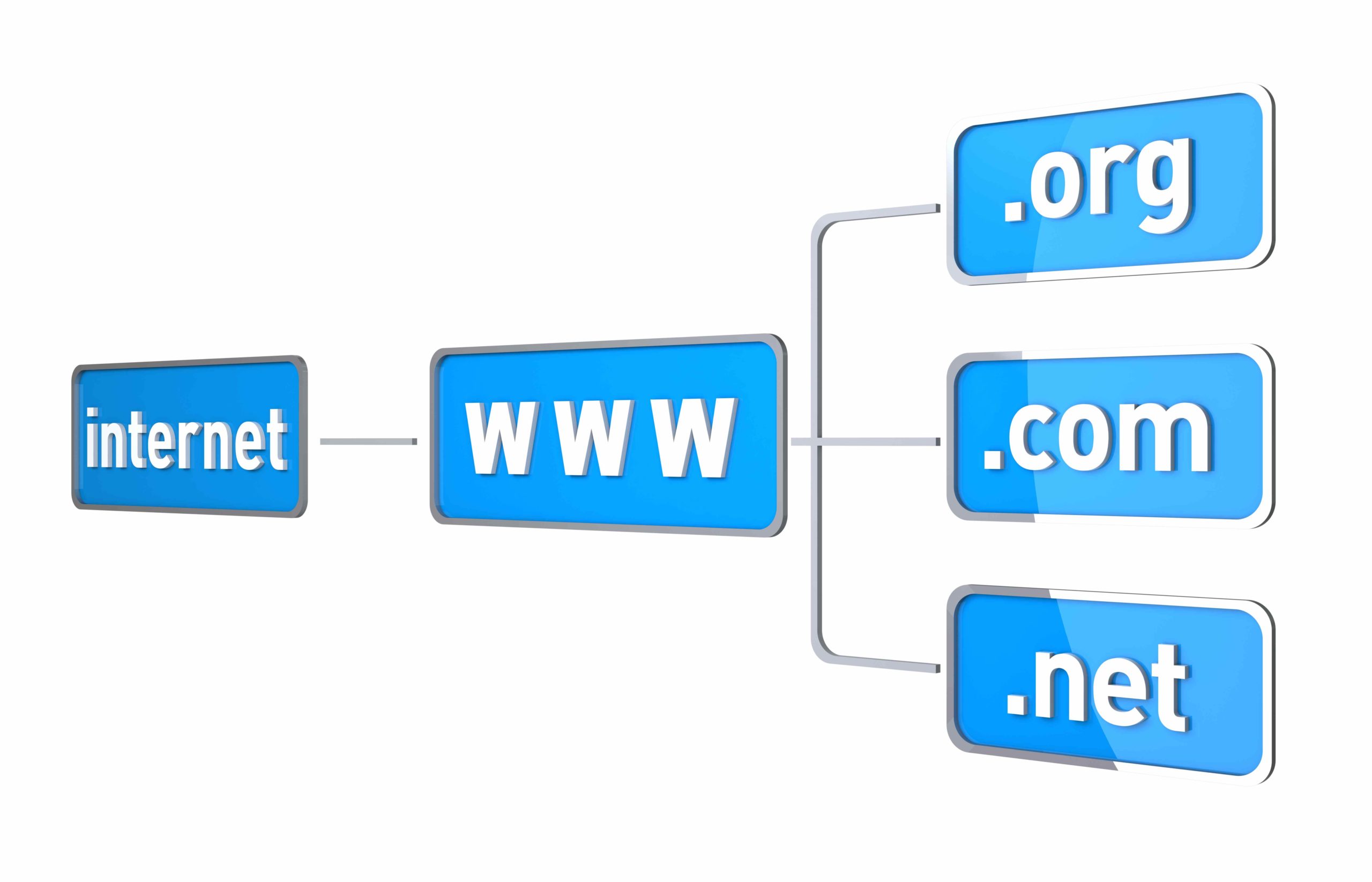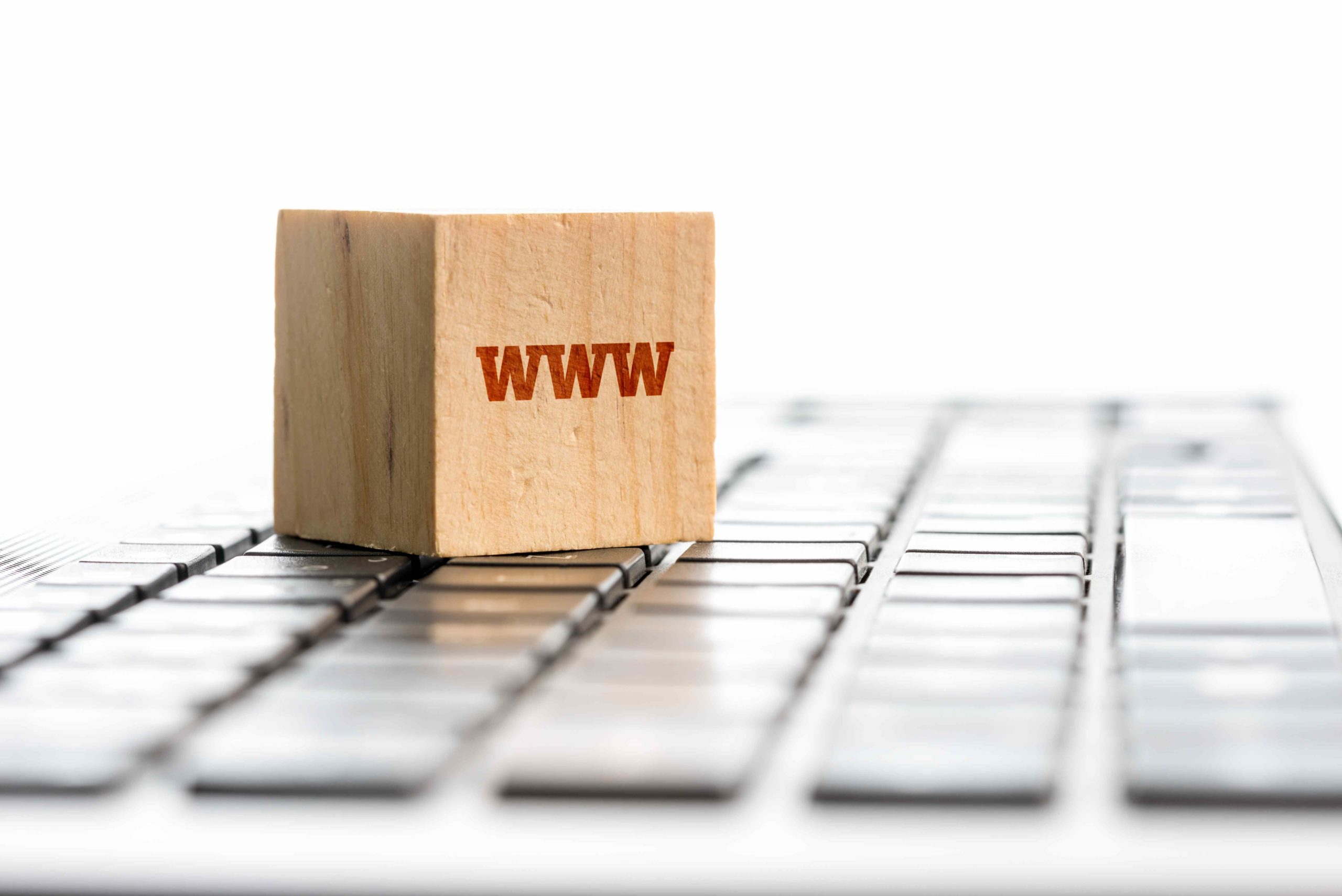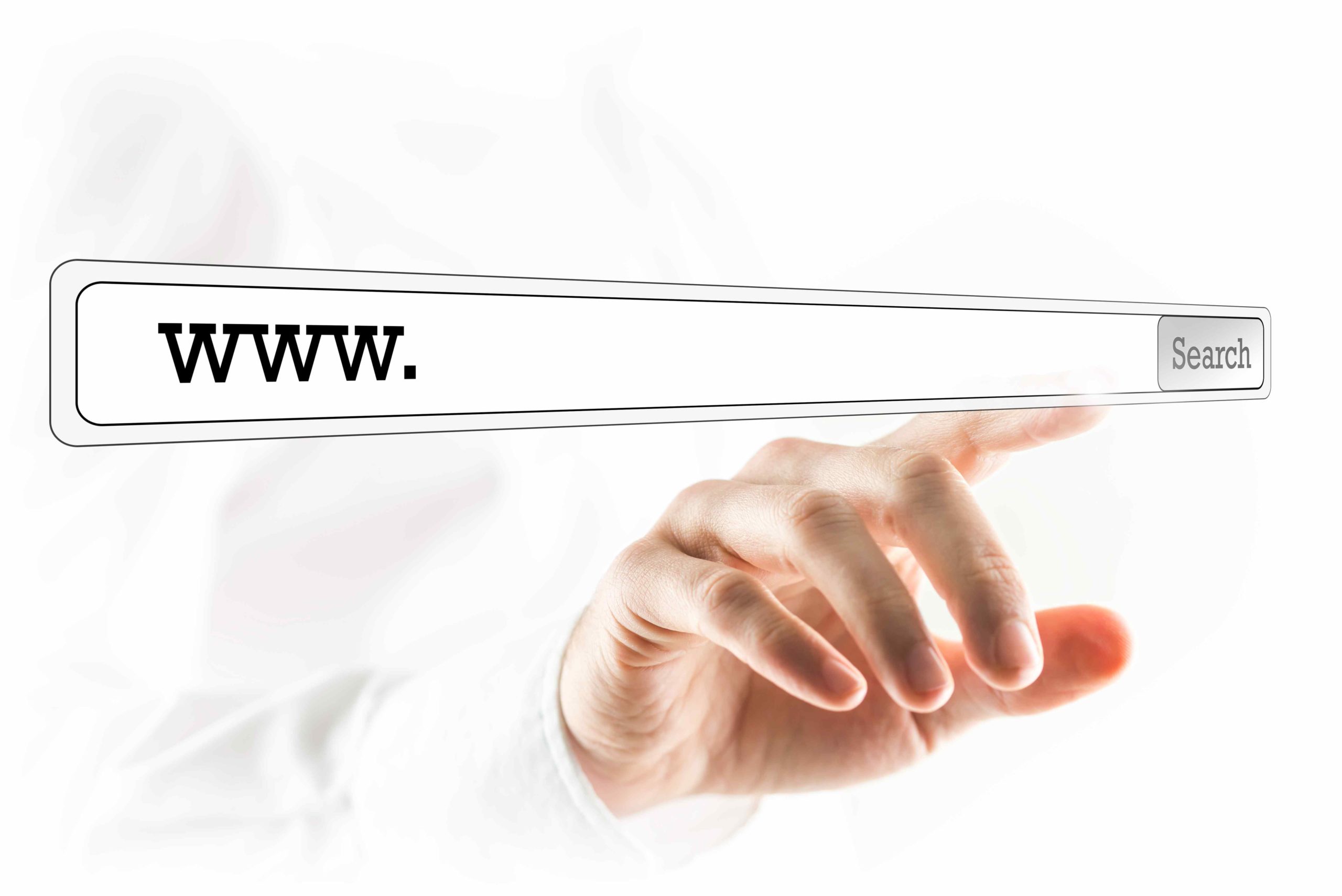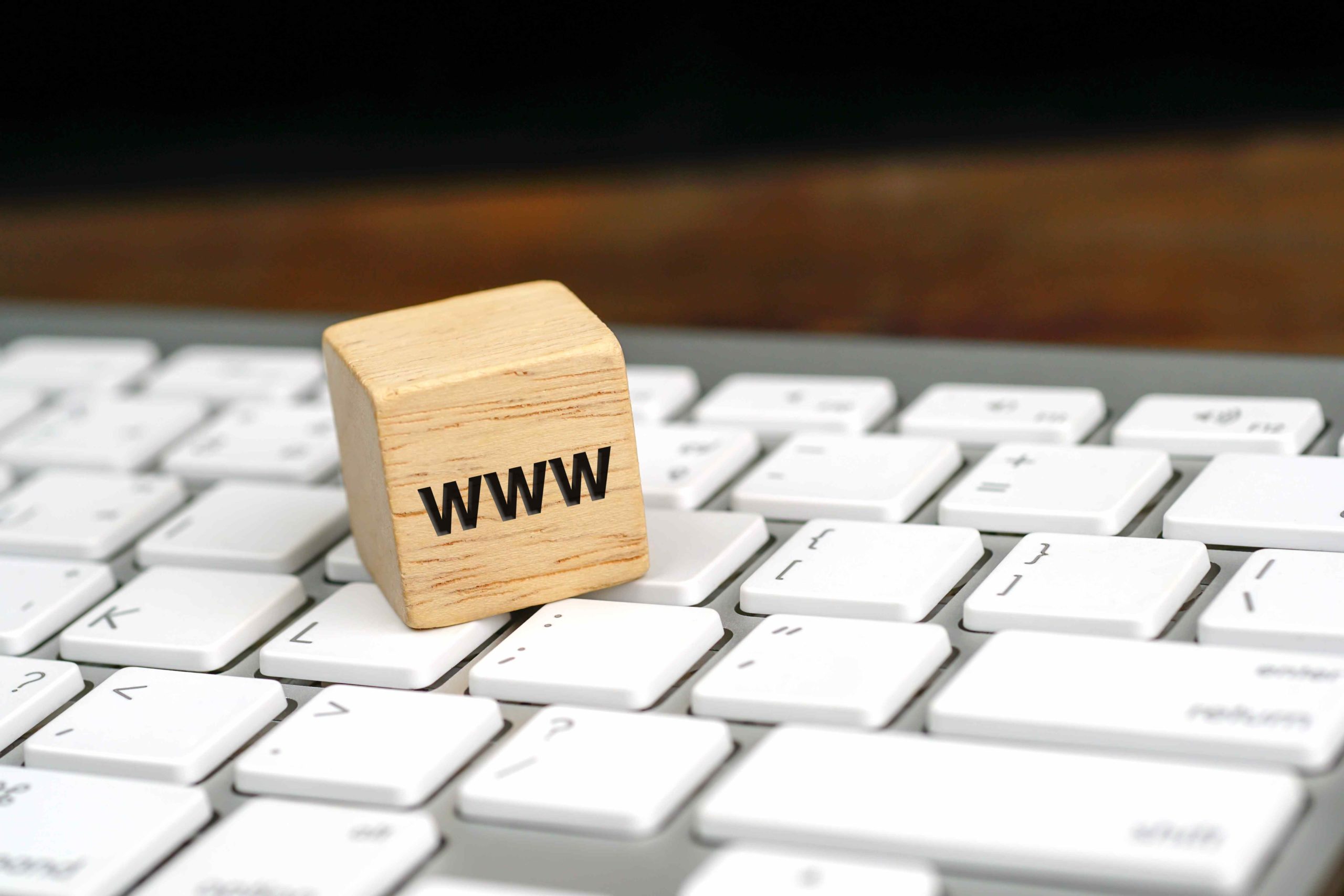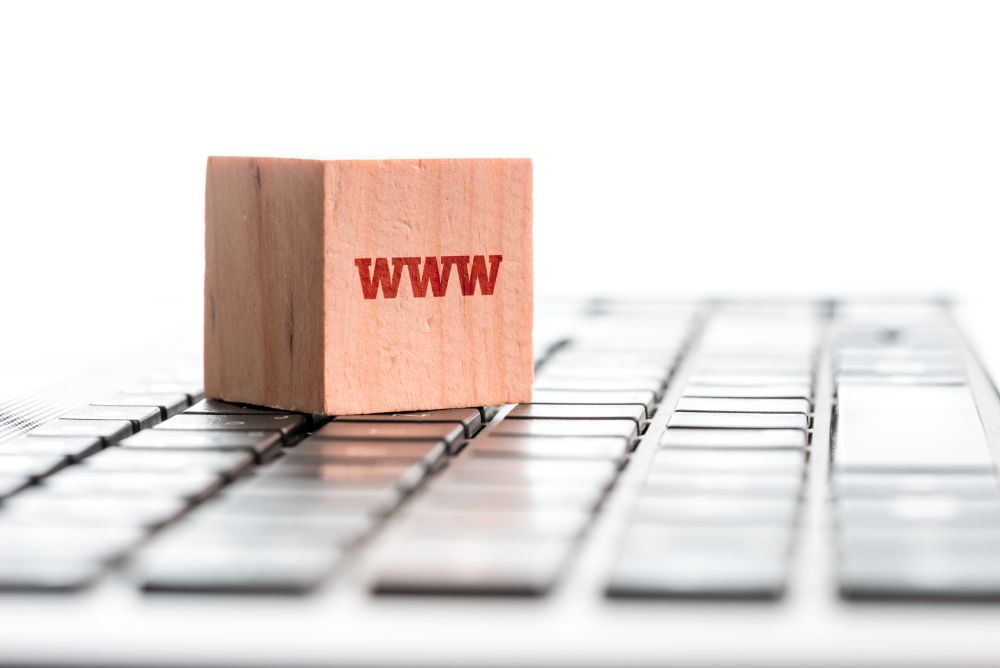
Welcome to the world of domains! Today, we’re exploring the .au domain extension. .au is Australia’s country code top-level domain (ccTLD), serving as a digital identifier for businesses and individuals within the country.
Join us as we delve into the significance of .au domains and their role in shaping Australia’s online presence.
Key Takeaways
- The .au domain is a country code top-level domain (ccTLD) that signifies a connection to Australia.
- It reinforces a brand’s Australian identity and establishes credibility with local audiences.
- The cost of registering a .au domain typically falls within the range of $10 to $50 per year.
- To register a .au domain, applicants must meet the eligibility requirements set by the .au Domain Administration (auDA).
What is the .au Domain Meaning?
The .au domain is the country code top-level domain (ccTLD) for Australia, which was created on 5 March 1986. It is managed by the .au Domain Administration (auDA), which is responsible for managing domain name policy in Australia.
The .au domain is intended for use by entities connected with Australia, and different subdomains have various restrictions. There are several advantages to using a .au domain. Firstly, it provides a more targeted and local market for your website in search engine results, as it shows that your website is directed towards a geographic region or country.
This can improve local SEO and make it easier for people to find your website online.
Secondly, the .au domain is overseen and regulated for the benefit of all Australians, which generates consumer trust in the .au domain space and for the brands who are eligible to register and use it.
This can help to reduce the perceived risk of shopping online compared with overseas companies that have no location information or accountability.
Also, the .au domain has strict licensing and eligibility requirements, which has helped it to avoid the cybersquatting and fraudulent uses of domains prevalent in other more open gTLDs. This can help to ensure that the .au domain space remains a safe and secure place for businesses and consumers to interact online.
What is the .au Domain Used For?
Within the digital realm, a .au domain serves as a practical tool for businesses, organizations, and individuals aiming to establish a distinct online presence associated with Australia. This domain extension simplifies web addresses and aids in showcasing an Australian identity, facilitating connections with local audiences.
- Brand Identity: The use of a .au domain contributes to solidifying a brand’s Australian roots. It conveys a clear Australian identity, making it particularly suitable for entities looking to align their online presence with their geographical location.
- Audience Connection: Websites bearing a .au domain often earn higher trust from local audiences. This extension signifies familiarity with local needs and context, fostering a sense of trust and connection with the target demographic.
- Brand Security: Securing a .au domain bolsters brand protection. By registering under this domain, businesses safeguard their online presence within the Australian digital landscape, reducing the likelihood of brand impersonation.
What is the .au Domain Price?
The cost of a .au domain can vary depending on the registrar you choose. Registrars set their own prices for .au domains, so it’s advisable to compare pricing before making a decision.
Generally, the price range for .au domains can be between $10 to $50 per year, based on the services and features offered by the registrar.
Some registrars may provide discounted rates for the first year of registration or bundle services like hosting with the domain, potentially offering long-term savings despite a higher upfront cost.
Renewal prices for .au domains are usually similar to the initial registration cost, but it’s essential to confirm this with the registrar to have an accurate understanding of the ongoing expenses.
It’s important to consider renewal prices when evaluating the overall cost of owning a .au domain, as a seemingly good deal initially may not be as favorable in the long term.
How to Get a .au Domain?
To get a .au domain, it’s necessary to meet the eligibility criteria established by auDA, the regulatory body for .au domains. This criterion typically requires applicants to have a connection or presence in Australia.
Here are the steps to guide you through the process:
- Check Availability: Use the WHOIS tool to verify if your preferred .au domain name is available. This step is essential before proceeding with the registration process.
- Select an Accredited Registrar: Opt for an auDA accredited registrar to handle your .au domain registration. Accredited registrars are authorized to manage .au domains and provide assistance with ongoing management.
- Adhere to Licensing Rules: Ensure compliance with the .au Licensing Rules to guarantee fair and secure usage of .au domains. These rules govern the registration and maintenance of .au domains to uphold standards within the domain space.
Check out these articles about other domain extensions:
Conclusion
Having a .au domain can help in creating a sense of trust and credibility with Australian customers.
The registration process for a .au domain is relatively simple and affordable, making it a practical choice for businesses looking to target the Australian market.
By securing a .au domain, businesses can signal their Australian identity and potentially attract more local customers online.

